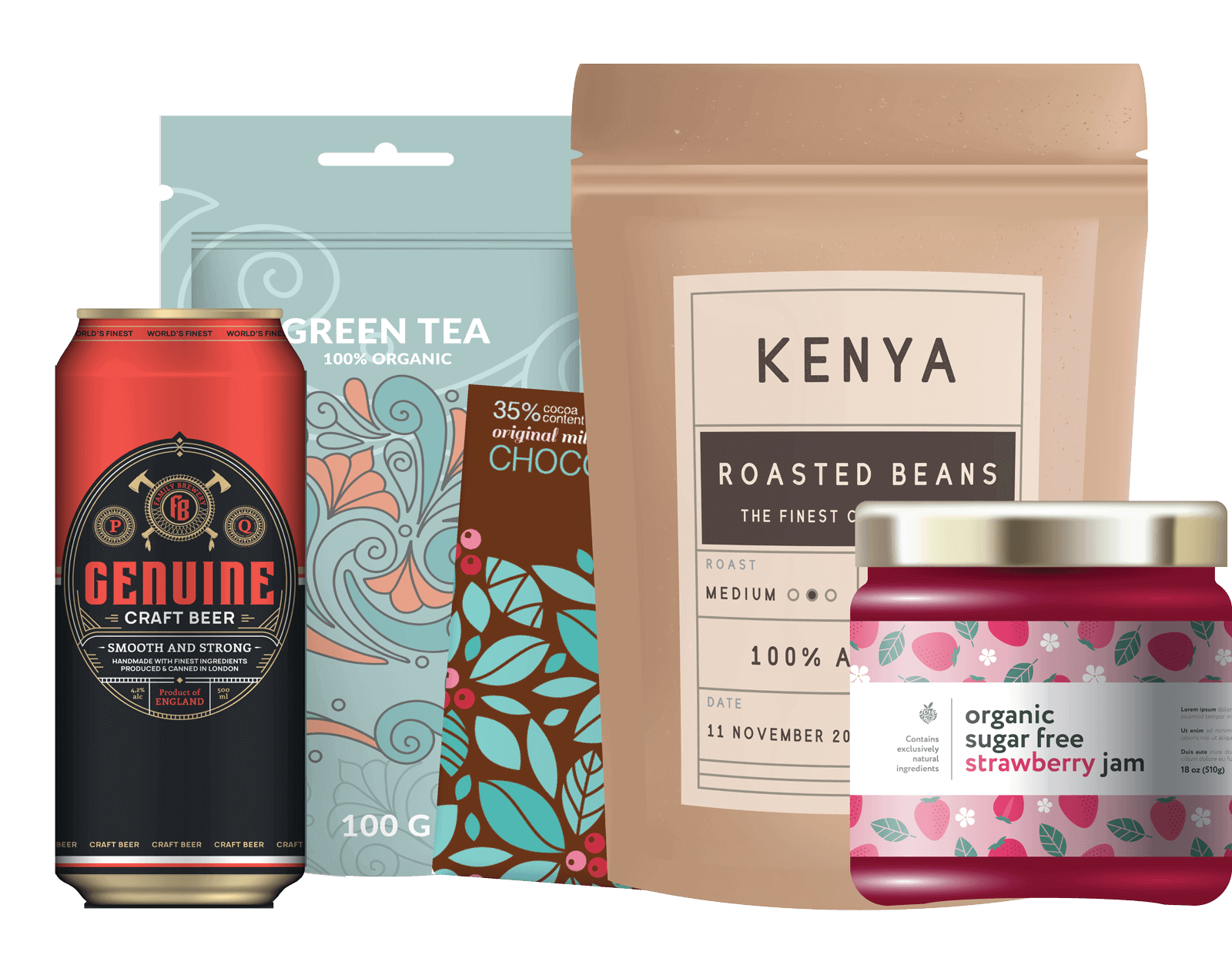Flexible Packaging
Flexible packaging, by definition, is made from a pliable material that can be filled, sealed and retains an element of flexibility. There are many different types of flexible packaging, from flexible drink pouches to grocery bags and more.
Eco-Friendly Advantage
One primary advantage of flexible packaging is the fact that that less material is used to create flexible packaging. This in turn creates less waste and is therefore more environmentally friendly because less material is left in the landfills. In addition, less water and energy is utilized in the creation of flexible packaging and since the products tend to weigh less, there are fewer transportation costs and energy waste.
Other Benefits of Flexible Packaging
Beyond eco-friendly advantages, flexible packaging helps ensure food safety and prolongs shelf life. In addition, some flexible packaging can be heated, frozen, resealed and is easily printed, giving the material an edge over other types of material in many industries.
In addition, most flexible packaging products are lightweight, easy to carry and convenient, which adds appeal for consumers.
Flexible Packaging Examples
Any packaging material that changes shape easily is considered to be flexible, including pouches, bags, and overwrap or shrink sleeve. Flexible packaging is found in industrial, consumer and institutional products.
The food industry is one of the largest flexible packaging markets, including products such as the following:
– Baked goods
– Beverages
– Baking mixes
– Coffee
– Breakfast products
– Tea
– Confections
– Condiments
– Cookies
– Deli
– Crackers
– Bakery supplies
– Frozen food
– Dinner packets and mixes
– Dry shelf items
– Produce
– Refrigerated meat
– Refrigerated dairy
– Seafood
– Snacks
– Other
However, many other industries benefit from flexible packaging as well, including the following manufactures:
– Toys
– Games
– Tobacco
– Salt/Ice Melt
– Tobacco
– Pet food and supplies
– Sporting goods
– Garden
– Photography
– Household cleaners
– Electronics
– Health products
– Home cleaners
– Appliances
– Craft materials
– Textiles
– Plants
– Beauty aids
– Computer
– Hardware
– Other
Types of Material
There are many different types of flexible packaging material, including the following:
– Biaxially oriented polypropylene (BOPP)
– Ethylene acrylic acid (EAA)
– Biaxially oriented nylon (BON)
– Ethylene-methyl acrylate (EMA)
– Cellulose acetate (CA)
– High impact polystyrene (HIPS)
– Ethylene-ethyl acrylate (EEA)
– Polyamide (PA)
– Ethylene-vinyl acetate (EVA)
– Low-density polyethylene (LDPE)
– Polybutylene (PB)
– Oriented polypropylene (OPP)
– Metallocene polyethylene (mPE)
– Polyethylene (PE)
– Polyacrylonitrile (PAN) (Known commercially as Barex)
– Ionomer (known commercially as Surlyn)
– Polystyrene (PS)
– Polyvinlidene chloride (PVDC)
– Polyvinylchloride (PVC)
– Polypropylene (PP)
– Polytetrfluroethylene (PTFE) (Known commercially as Teflon)
– Other
As you can see, there are multiple types of material utilized for flexible packaging as well as several industries that can take advantage of the benefits that flexible packaging has to offer.
Custom Flexible Packaging Design
While traditional flexible packaging certainly has obvious appeal, there is an even greater benefit to custom design for flexible packaging. When product packaging is specifically tailored to the product, the industry and the potential consumers, the appeal of the product increases. As a result, when a product is especially appealing to consumers and businesses, this offers the company a competitive edge in the industry.
The custom design process includes both hand-drawn and CAD drawn images, as well as 3D modeling. This allows the client and the design team to agree on the specific details of the product and create the best possible packaging.
M. Jacob & Sons
Contact M. Jacob & Sons to design traditional or custom flexible packaging. We have an experienced design team as well as a large network of manufacturers to reduce the time and cost of production.

